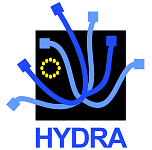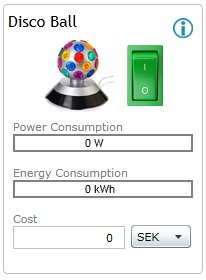- 24 Sep 2007
- Project information
- 6177 Reads
Technical scope >> WP 3 - Architecture design specification
WP 3 - Architecture design specification
The work in WP 3 will be to analyse and evaluate the user requirements specifications from WP 2 and, during the iteration process, also the technical requirements derived in WP 4 to 7 and unfold detailed design principles for infrastructure and software architecture. Additionally architectural requirements in the crossing point of architectural components, from technical and conceptual considerations, not covered by the requirements from the other work packages need to be specified. The work will lead to a proper software architectural design specification, outlining the communications links between the different modules in order to assure interoperability among them. The architecture will be analysed, assessed and validated at each iteration cycle.The main objective is to develop a design specification of the system following the significant amount of requirement analysis from work package 2 and initial technical requirements from technical and conceptual considerations of other work packages. The requirements will be further analysed and condensed in order to augment their usefulness. This includes supportive actions to link user requirements research to the system and application development process. The output is the system specification on a conceptual level.
The software architecture analysis will be carried out using a variation of Quality Attribute Workshops (QAW). The user requirements specifications developed in this work package and WP 2, 6 & 7 point to a number of generic requirements and quality attributes of the system architecture that need to be analysed. This description will be used as input to a Quality Attribute Workshop.
Prototyping will then be used to the candidate architecture design specification. Different architectural approaches will be evaluated against the scenarios and requirements from the quality attribute workshops. The output of this task is the selection of one of the candidate architectures. The coarse-grained architecture or architectural style will be refined with detailed design choices for implementation technologies, identification of design mechanisms and design elements. Architectural design guidelines for issues such as security, user interface design guidelines, management and documentation will be developed.
The outcome will have direct effect on the implementation in WP 4 Embedded AmI architecture. It will provide a high-level mapping of the key concepts, and the functional and non-functional requirements formulated in work packages 2, 6 & 7. Apart from using the requirements of above mentioned work packages, the specification will have continuous impact on the design work performed in WP 6 – SoA and MDA middleware and the definition and specification of the concepts designed on WP 7 – Trust, privacy and security. The abstract security model and the appropriated interfaces for context-aware policy enforcement will also be linked with the architectural specification in this WP 3.
The detailed architecture design specification will be input to the four RTD workpackages WP 4 to WP 7.





 The Hydra project is co-funded by the
The Hydra project is co-funded by the 


